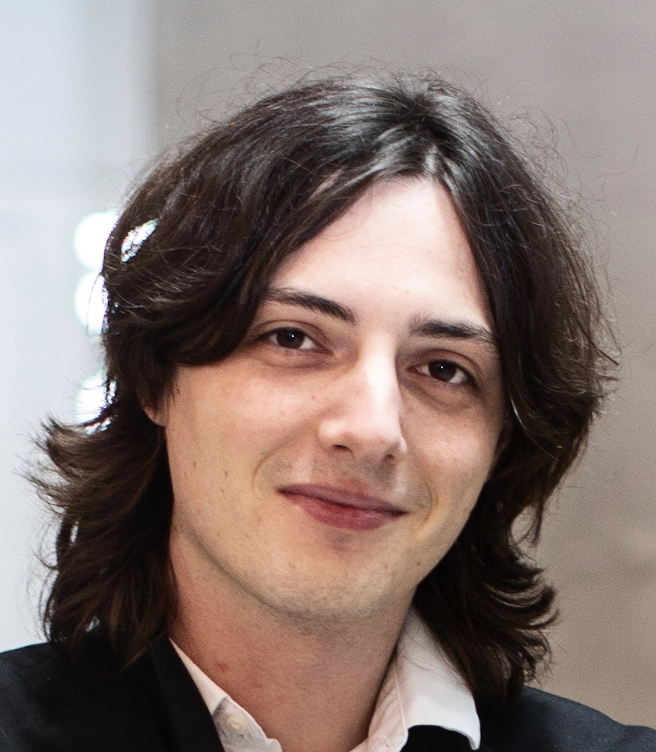The European Research Council awarded roughly Ōé¼2 million on December 3 ╔½╔½└▓ University Assistant Professor Jose Lado as part of the Consolidator Grant programme. The five-year grant will fund LadoŌĆÖs latest area of research: the engineering of non-abelian Fibonacci anyons for potential applications in topological quantum computation.
ŌĆśOne of the biggest challenges in creating quantum computers capable of overcoming classical computers arises from the imperfect nature of qubits,ŌĆÖ Lado says. ŌĆśHowever, there is a way to overcome this fundamental limitation by creating topological qubits.ŌĆÖ
Topological qubits would enable creating a new type of quantum computer, known as a topological quantum computer, that would work perfectly ŌĆō even in cases where materials have imperfections. However, in order to create topological qubits, an exotic quantum state of matter is required. This quantum state has never been observed in natural materials, and it is known as a non-abelian Fibonacci anyon. Fibonacci anyons could exist theoretically if a quantum material simultaneously has a highly specific set of competing quantum orders, and they would enable creating a topological quantum computer if they could be controlled. Creating topological qubits and non-abelian Fibonacci anyons thus requires creating quantum materials that do not exist, pushing the boundaries of knowledge both in fundamental science and quantum technologies.
ŌĆśVan der Waals materials have emerged as a disruptive family of materials for engineering quantum matter. Their two-dimensional nature enables creating artificial quantum materials that simultaneously host competing orders and can be engineered and externally controlled using van der Waals magnetic and ferroelectric substrates,ŌĆÖ Lado says.
Ultimately, thanks to the ability of changing the alignment between them, even strongly correlated quantum phenomena can be created. The twist between different two-dimensional materials gives rise to a moir├® pattern, a modulation in real space of the material that enables creating new forms of artificial quantum matter. Most remarkably, if several layers of two-dimensional materials are twisted, the moir├® pattern itself can be modulated, giving rise to a super-moir├® pattern. These super-moir├® patterns enable the creation of artificial quantum materials that can feature simultaneously, competing correlated quantum states. However, understanding and designing those materials theoretically is a remarkable challenge, and it is well beyond the capabilities of current theory methods.
Remarkably, experimental breakthroughs in 2023 and 2024 demonstrated that moir├® materials host one of the most challenging states required to build Fibonacci anyons, and that super-moir├® quantum materials can be created and host emergent electronic states. These breakthroughs establish the required starting point to attempt the realisation of Fibonacci quantum matter in super-moir├® quantum materials, an ambitious direction that would have a groundbreaking impact in quantum technologies and fundamental science.
LadoŌĆÖs objective with the ERC Consolidator grant will be to develop the theoretical methodologies to engineer super-moir├® quantum matter, establish the design the super-moir├® quantum material hosting non-abelian Fibonacci anyons and demonstrate how they can be experimentally controlled and detected leveraging van der Waals ferroelectric, magnetic and multiferroic materials. This ambitious goal brings together the research lines of theoretical material science, quantum many-body physics and machine learning, and leverages several breakthroughs performed by the Correlated Quantum Materials group at Aalto University.
Furthermore, Lado's group has an established record of collaboration with experimental groups, including at Aalto University, having already established pioneering results on correlated quantum matter in van der Waals materials. This ERC Consolidator grant further features strong synergies with a major focus in Finland, namely the Finnish Quantum Flagship and InstituteQ, and in particular their quantum-materials focus area.
Ultimately, the ERC proposal will provide the theoretical design of a new quantum material, realise a quantum state of matter never observed in nature, enabling the creation of a topological quantum computer based on van der Waals materials ŌĆō one of the biggest open challenges in quantum technologies.
The European Research Council (ERC) provides funding to leading researchers for pioneering work at the frontiers of science. Aalto University has been successful in these funding calls, where the sole criterion is scientific excellence.
Since 2011, Aalto has been awarded a total of 115 million euros in ERC funding for 73 different projects. Currently, there are 25 ongoing ERC projects at Aalto University, with a total funding of 47 million euros.
















